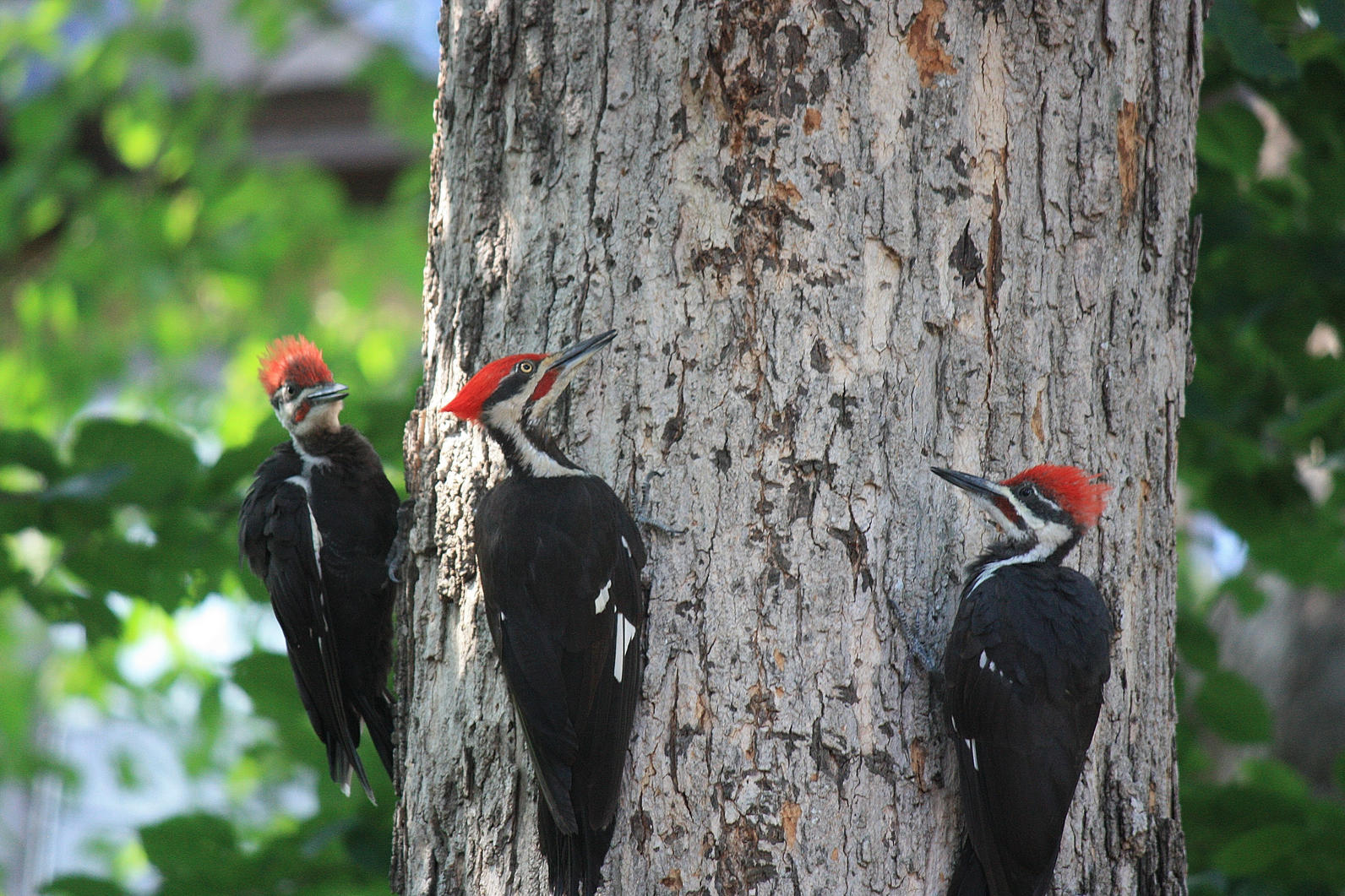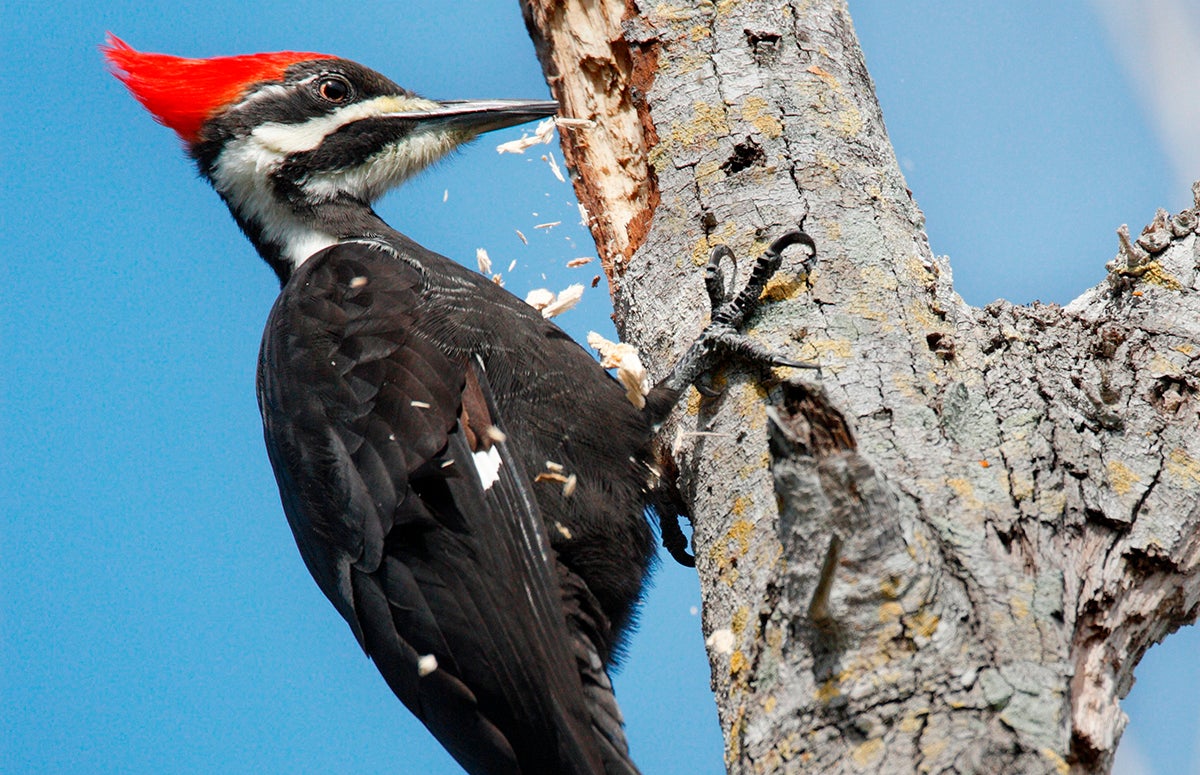Woodpeckers in Florida Population: Variety Introduction and Conservation
Woodpeckers in Florida Population: Variety Introduction and Conservation
Blog Article
Unveiling the Secrets of Woodpeckers: Habits, Habitat, and Extra
Woodpeckers, with their distinct actions and specialized adjustments, have actually long interested researchers and nature fanatics alike. By revealing the mysteries surrounding woodpeckers' habits and habitat options, a much deeper understanding of these bird wonders emerges, supplying a look right into their remarkable globe.
Woodpecker Behavior Insights
In checking out woodpecker habits, a fascinating display of specialized skills and adaptations arises, dropping light on their amazing ecological niche. Woodpeckers, understood for their distinctive drumming on trees, possess a selection of behavioral attributes that add to their survival and success in their setting.
In addition, woodpeckers exhibit an unique feeding behavior defined by their ability to remove pests from tree bark utilizing their specialized beaks. Their lengthy, barbed tongues help in recording prey, while their solid neck muscular tissues supply stability and accuracy during pecking activities. This feeding technique enables woodpeckers to access surprise insect larvae and remove them with exceptional effectiveness.
Habitat Preferences and Option
What variables influence the environment choices and choice of woodpeckers? One important element affecting woodpecker habitat choice is the accessibility of appropriate nesting websites. Woodpeckers typically prefer woodlands with a mix of fully grown trees that offer adequate chances for tooth cavity excavation.
Furthermore, woodpeckers reveal a preference for habitats with an abundant supply of food sources. They are primarily insectivorous, feeding upon beetles, ants, larvae, and various other pests found in rotting timber or tree bark. As a result, woodpeckers tend to prefer woody areas with a diverse insect populace to fulfill their dietary needs.
Furthermore, the presence of dead or worn out trees is one more crucial aspect in woodpecker environment option. These trees not only supply food sources however also offer ideal substrate for cavity excavation. Dead trees are necessary for the upkeep of healthy woodpecker populations, as they play a crucial role in the woodpeckers' life cycle and community characteristics.
Feeding Behaviors and Diet Plan Composition
Woodpeckers show a specialized feeding habits concentrated on foraging for bugs within numerous environments. In enhancement to pests, woodpeckers additionally eat tree sap, fruits, nuts, and seeds, including range to their diet plan depending on the season and schedule of food resources.
The foraging techniques of woodpeckers are well-adapted to their arboreal way of living. Woodpeckers play a vital function in keeping the health and wellness of woodlands by managing insect populations and helping in the decomposition of wood.
Drumming Seems and Interaction
Utilizing fast drumming noises on various surface areas, woodpeckers use a distinctive form of interaction to signify area limits and bring in mates. This drumming actions is not just a method of communication however additionally works as a means for woodpeckers to establish their visibility within a certain location. The intensity, rate, and pattern of the drumming can communicate important details to other woodpeckers in the location.
Woodpeckers make use of drumming sounds to announce their visibility in a territory and to advise off potential trespassers. The loud and recurring nature of the drumming functions as a clear signal to other woodpeckers that the area is already declared. This helps in minimizing disputes and minimizing physical battles in between individuals.

Survival Adaptations and Specialized Makeup

Verdict
To conclude, woodpeckers show one-of-a-kind habits, such as drumming audios for communication, and have actually specialized anatomy for survival in their chosen environments. Their feeding habits and find diet composition even more show their versatility to different atmospheres. By comprehending these facets of woodpeckers, scientists and conservationists can much better protect and protect these remarkable birds and their ecological communities.
Report this page